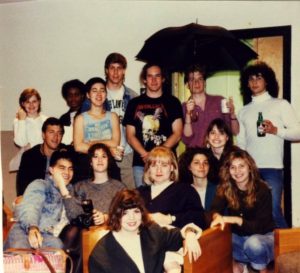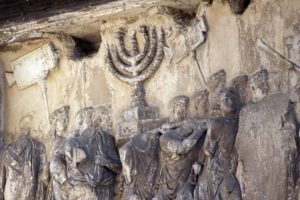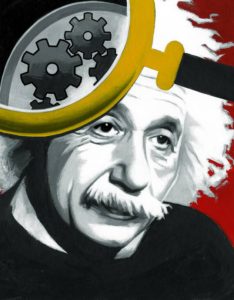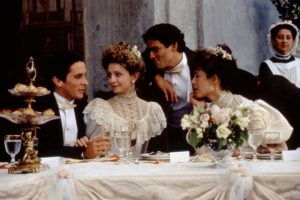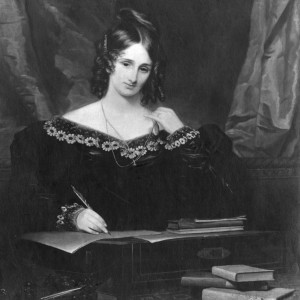
ILLUSTRATION: THOMAS FUCHS
Breaking up, as Lord Byron wrote in “When We Two Parted,” is devastating: “If I should meet thee/ After long years, / How should I greet thee?— / With silence and tears.” But there is something uniquely tragic about lovers separated by cruel circumstance. Their stories reappear in literature as a warning about fate, a celebration of idealism or a lament for lost love.
One of the oldest examples to come down to us is the thwarted union between the Roman emperor Titus (A.D. 40-81) and Berenice, princess of Judea and queen of Chalcis (A.D. 28-sometime after 81). Like Romeo and Juliet, their relationship was doomed from the outset. Berenice risked her life trying to preserve the peace between Romans and Jews in the period leading up to the First Jewish-Roman War, A.D. 66-73. Titus was the Roman general whose army was besieging Jerusalem. Nevertheless, the two fell passionately in love.
Their relationship survived Titus’ destruction of the Second Temple in 70 and the subsequent Roman slaughter of almost a million Jews. But when he inherited the throne in 79, Rome balked at the idea of a Jewish empress. Forced to choose between love and duty, Titus reluctantly chose duty, establishing a tradition of royal self-sacrifice that would continue untilEdward VIII abdicated in order to marry Wallis Simpson. Titus died—killed, possibly—two years into his reign. Berenice disappeared around the same time, her fate unknown.
Continue reading…
